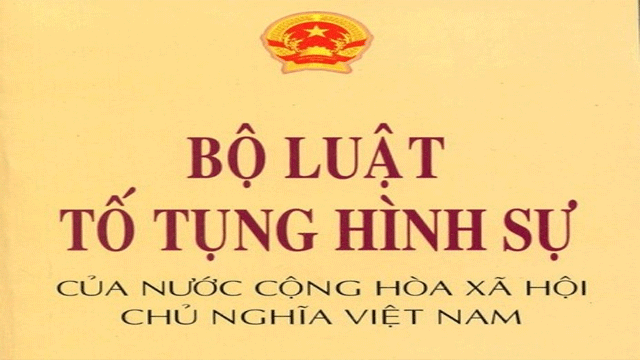The death penalty is the final measure, the heaviest penalty for crimes against national security, offenses against human life, drug-related offenses, corruption, and some other exceptionally serious crimes. Therefore, not all crimes are subject to the death penalty.

Illustrative Image
According to Clause 1, Article 59 of the 2010 Law on Execution of Criminal Judgments: “Execution of death sentences is carried out by lethal injection. The procedure for administering lethal injection is stipulated by the Government of Vietnam.”
From November 1, 2011, the execution by lethal injection was officially implemented. The procedure for administering lethal injections is specifically regulated in Decree 82/2011/ND-CP of the Government of Vietnam.
However, recently, the Government of Vietnam has officially signed and promulgated Decree 43/2020/ND-CP on the execution of death sentences by lethal injection. This decree outlines several new points regarding the procedure for executing death sentences by lethal injection. The sequence of execution must be carried out in accordance with Clauses 2, 3, and 4 of Article 82 of the 2019 Law on Execution of Criminal Judgments and the regulations of this Decree.
To be specific, the Execution Council will inspect, unseal, and make a record of the drugs used for the execution. The condemned person is secured on the execution bed in a supine position, ensuring that blood circulation is not obstructed. The officer directly executing the death sentence is responsible for performing the following steps:
- Prepare 03 doses of the drug (including 02 backup doses);
- Identify the vein for injection; if the vein cannot be identified, report to the Chairman of the Execution Council to request a doctor's assistance in identifying the vein;
- Insert the syringe already connected to the drug transfer tube into the identified vein according to the procedure:
Step 1: Inject the drug that induces unconsciousness.
After the injection, the professional officer administering the execution must check; if the condemned person has not lost consciousness, proceed with further injections until unconsciousness is achieved.
Step 2: Inject the drug that paralyzes the motor system.
Step 3: Inject the drug that stops the heart.
- Monitor the heart activity of the condemned person using an electrocardiogram. If, after ten minutes, the condemned person has not died, the checking officer must report to the Chairman of the Execution Council for an order to use the backup dose.
Each subsequent injection after ten minutes where the condemned person has not died, the checking officer must report to the Chairman of the Execution Council for an order to continue administering the second and third backup doses;
Notably, if, after the third injection, the condemned person has not died after ten minutes, the Execution Team Leader must report to the Chairman of the Execution Council to decide to temporarily suspend the execution.
As ordered by the Chairman of the Execution Council, the forensic doctor shall inspect, determine the condition of the condemned person, and report the findings to the Council. After the forensic doctor concludes that the condemned person has died, as ordered by the Chairman of the Execution Council, the execution officer will stop the drug infusion and remove the syringe and tubing from the condemned person.
Finally, the Execution Council will compile a report in accordance with regulations on the deceased condemned person.
Thu Ba
 Article table of contents
Article table of contents





.Medium.png)
.Medium.png)
.Medium.png)
.Medium.png)
